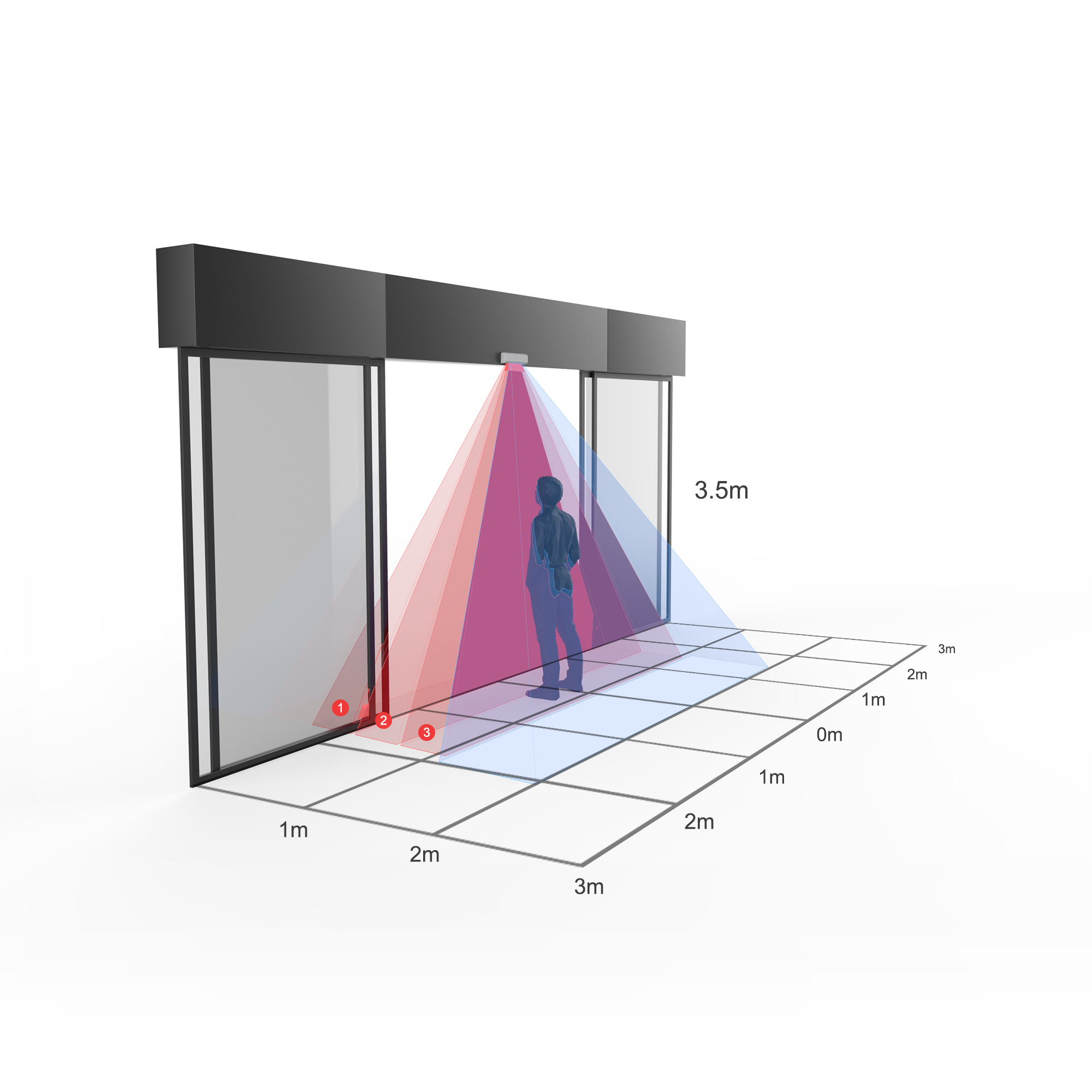How do automatic door sensor OEMs handle the customization of sensor sensitivity, range, and response time based on client requirements?
Automatic door sensors play a pivotal role in ensuring seamless access control and user convenience in various settings, from commercial buildings to hospitals and airports. Original Equipment Manufacturers (OEMs) of these sensors often face the challenge of meeting the diverse requirements of their clients. Customizing sensor sensitivity, range, and response time is crucial in this regard, as it ensures that the sensors function optimally in specific environments and applications.
 Let's delve into how automatic door sensor OEMs approach the customization of these key parameters based on client requirements.
Let's delve into how automatic door sensor OEMs approach the customization of these key parameters based on client requirements.
1. Understanding Client Needs and Applications
The first step in customization is understanding the client's specific needs and the intended application of the sensors. OEMs conduct detailed discussions with clients to gather information about the environment, traffic patterns, safety considerations, and any unique challenges or requirements. This information serves as a foundation for the customization process.
2. Sensor Sensitivity Customization
Sensor sensitivity refers to the ability of the sensor to detect and respond to objects or people within its detection range. OEMs customize sensitivity levels by adjusting the sensor's internal settings or by using different types of sensors with varying sensitivity capabilities.
For example, in a high-traffic area like a shopping mall, the sensor's sensitivity may need to be adjusted to a higher level to ensure quick and reliable detection. Conversely, in a low-traffic area or where false detections are a concern, the sensitivity may be reduced to minimize mistriggers.
3. Range Customization
The detection range of the sensor determines the distance at which it can detect objects or people. OEMs can customize the range by selecting appropriate lenses, filters, or other components that influence the sensor's field of view.
In indoor environments with limited space, a shorter range may be preferred to avoid detecting objects outside the intended area. In outdoor settings or larger spaces, a longer range may be necessary to ensure proper coverage. OEMs also consider factors like the presence of obstacles or reflective surfaces that could affect the range and adjust the sensor accordingly.
4. Response Time Customization
Response time refers to the duration between the sensor detecting an object and the door's subsequent action. Customizing the response time is crucial for ensuring a smooth and efficient user experience.
In some cases, a faster response time may be desired, especially in high-traffic areas where quick access is crucial. Conversely, in areas where a more controlled and gradual door movement is preferred, a slower response time may be suitable. OEMs achieve this by adjusting the sensor's internal timing mechanisms or by integrating the sensor with door control systems that allow for fine-grained adjustments.
5. Testing and Validation
After customizing the sensor's sensitivity, range, and response time, OEMs conduct rigorous testing and validation to ensure that the sensors perform as expected in the client's specific environment. This includes testing in simulated conditions, as well as on-site testing in the actual installation location.
6. Client Feedback and Iterative Improvements
OEMs also seek feedback from clients during and after the installation process. This feedback helps identify any issues or areas for improvement and allows OEMs to make necessary adjustments to ensure client satisfaction.
In conclusion, OEMs of automatic door sensors approach customization by understanding client needs, customizing sensor sensitivity, range, and response time based on specific applications, conducting thorough testing and validation, and seeking client feedback for iterative improvements. This comprehensive approach ensures that the sensors meet the unique requirements of each client and deliver optimal performance in various settings.







